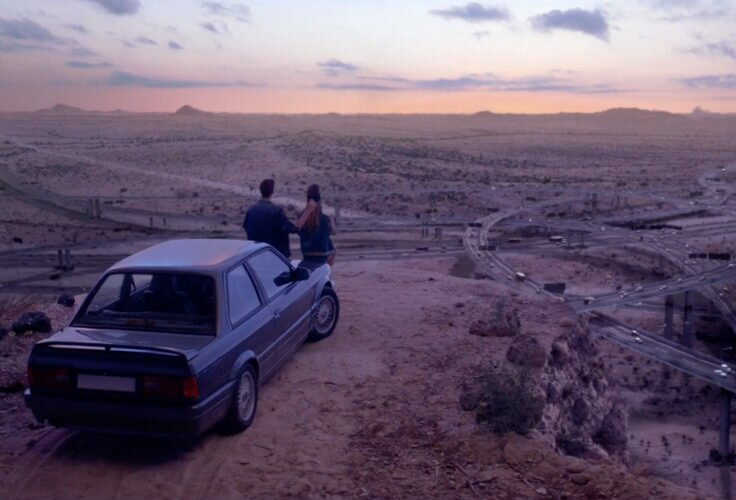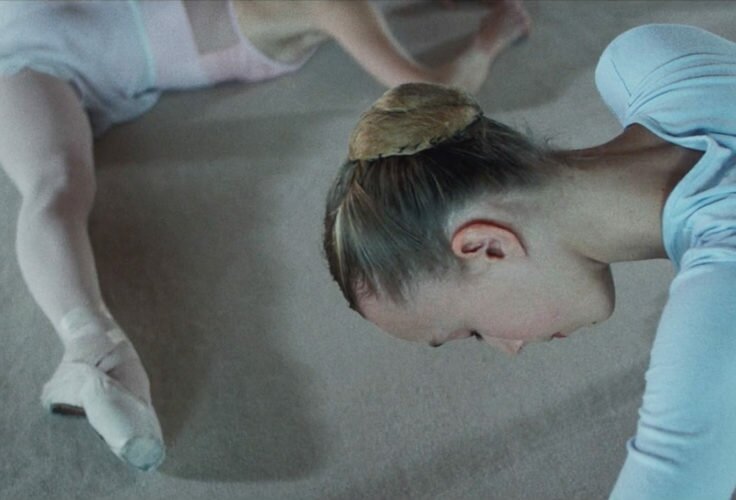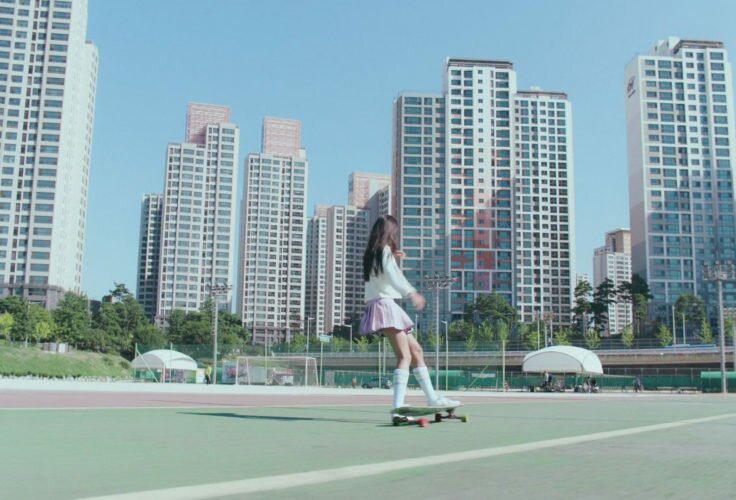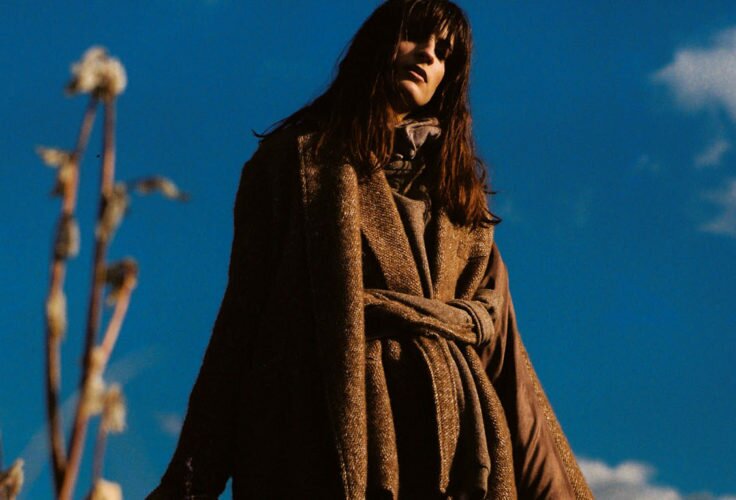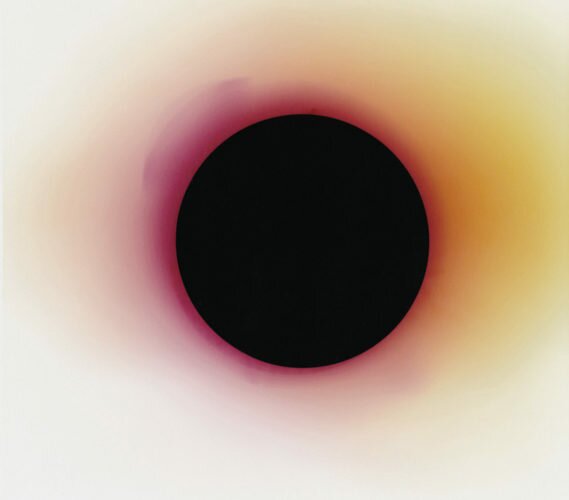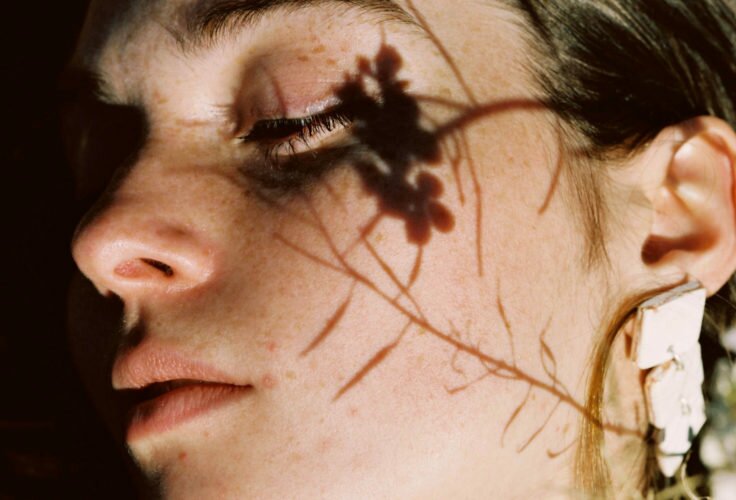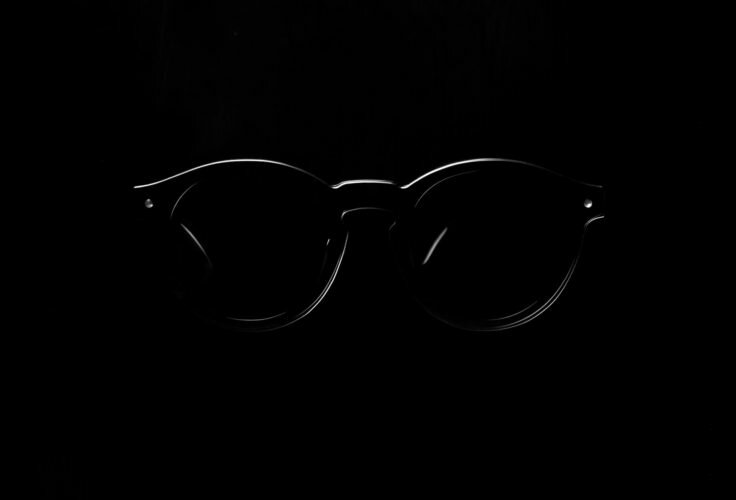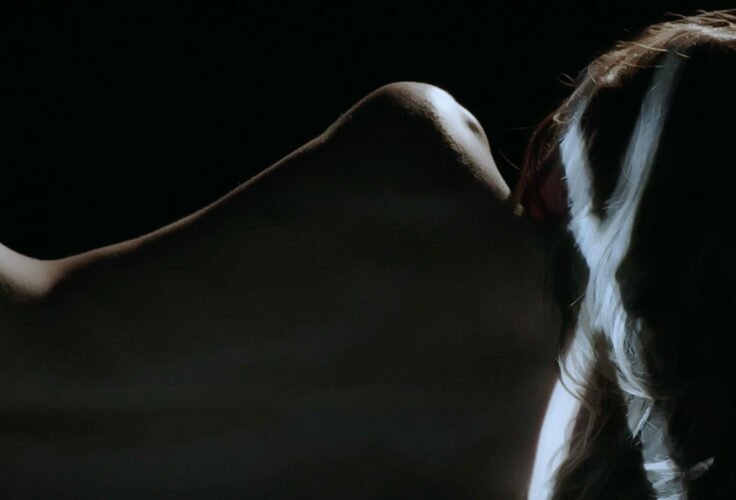Shortfilm, 2013. 1’28”. Color. HD
TORO
MAIN CREDITS
by Fernando Domínguez
Fernando Domínguez tells us the process he followed to create the opening credits of Kike Maíllo’s film Toro. And since he’s at it, he also talks about the credits of series Kings and Prophets and gives us his general point of view on “that part of the movie where you see everybody’s names.”
In August 2014, I got a call from Kike Maíllo; he asked me how I was, how I was doing. I was no longer living in Barcelona and had temporarily stopped working at directing and animation to try other art disciplines and to devote my time to musical composition. After we worked together on the credits for Eva, both were very happy not only with the results, but with the harmony and ease of communication we had experienced in the process. It was a pleasant surprise talking to him again on the phone after all that time. He told me he was involved in another project and although he knew I was doing other things, he told me something like “some things stay with you to the grave” and asked me to do the credits of his new film. At the time, there was no clear direction to follow but many open doors. It wasn’t until several months later when I saw he first bits they had shot that we could start sketching some ideas.
The first thing I proposed Kike was creating credits based on the tattooing process, because the main character of Toro was covered in them. The idea was shooting it all and only applying some post-production touches. In my head, a sequence with titles centred on that theme worked very well, with close-ups that at the same time included lots of air to breathe.
Although Kike liked the idea, that time he needed the credits to be less abstract than the ones we had done for Eva and the idea of the tattoos told only a very small part of the story that Kike wanted to tell.
In the film, Toro is locked up in jail for five years. During that time, Romano, his antagonist, prospers with his dirty business, becoming more and more powerful. Kike wanted me to somehow represent all the time that Toro spends in jail in the credits. So the main challenge was telling all the things that Kike wanted to tell, with the amount of elements there were in an only sequence, for it to make sense and be visually solid.
I invest a lot of time in getting the most adequate textures. It’s very important for the elements appearing on the screen to be believable and for everything to work as a whole.
I like portraying landscapes and people in slow motion, with everything very quiet. I often spot a tendency to do things too quickly: you don’t have the time to savour and assimilate what you’re seeing, and, in the end, after a while you’re left with a strange feeling because you don’t know exactly what you’ve just seen. In my case, I prefer giving each shot its due time.
I don’t see much difference between doing the opening credits for a film or for a series such as Kings and Prophets. The medium doesn’t influence me at all: I put the same effort and love into a work for TV or for film. It’s true that at a formal level I prefer films: I prefer landscape formats. And it’s true that when you see your work on the big screen in a cinema you fear some mistakes might be visible due to the huge size. And they are, they’re seen! Luckily, on each frame there’s a bit of text to read and that distracts the eye of any little errors.
The first time I noticed “that part of the movie where you see everybody’s names” was quite late, at college. It was with Kyle Cooper’s Se7en. It absolutely conditioned anything I did after that, that’s why it’s on top of my list. Others credits that have had an influence on me are those of , , , films, , and many more.

